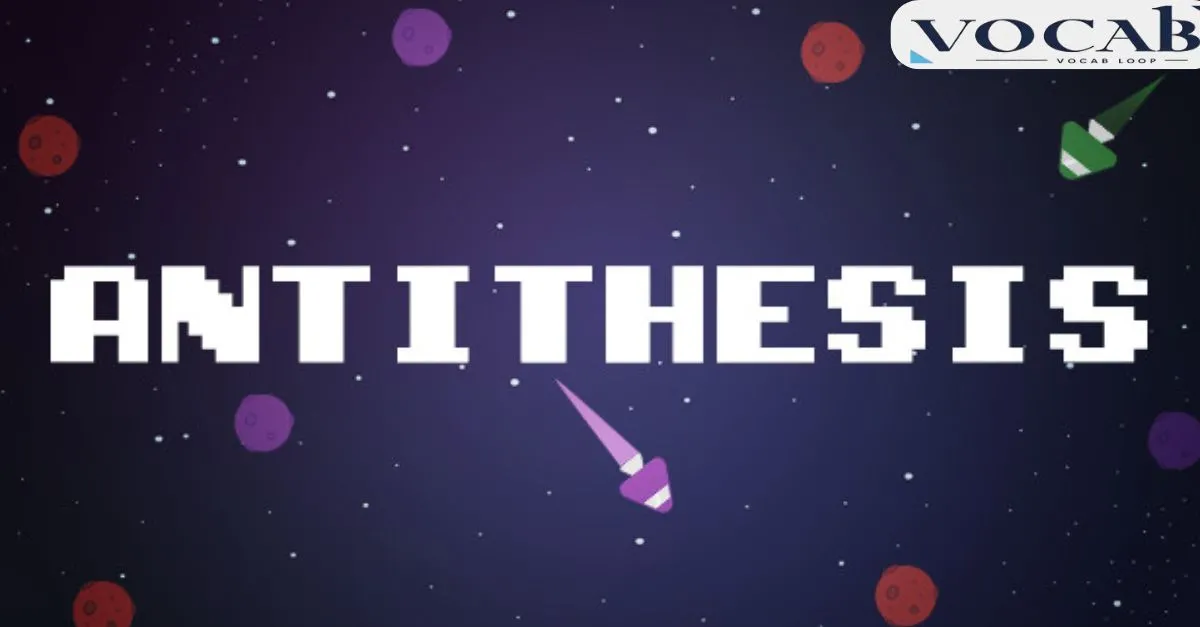Understanding the subtle distinctions between antithesis and juxtaposition is essential for improving your writing skills. Both are literary devices that introduce contrast between ideas, yet they function in distinct ways. Antithesis focuses on balancing two opposing ideas within a parallel structure, often in a single sentence, to create emphasis.
It enhances clarity and makes the contrast more noticeable. Juxtaposition, however, places contrasting elements side by side, typically in a more flexible and unstructured manner, allowing for unexpected connections between ideas or images.These techniques influence the tone, meaning, and style of writing. Recognizing the difference between antithesis vs juxtaposition helps writers choose the most effective device for their message. While juxtaposition creates more dramatic contrasts, antithesis provides a clearer, balanced comparison.
What Is There Confusion Antithesis vs Juxtaposition?
The confusion arises because both terms involve contrasts. Writers often struggle to distinguish between them since both evoke contradictions or oppositions. However, their purpose and execution are distinct.
For instance, juxtaposition highlights contradictory images to provoke thought or create tension. On the other hand, antithesis uses balanced sentences to showcase contrasting pairs in a logical and rhetorical manner. Understanding their unique roles is key to their effective use.
What Is Antithesis?
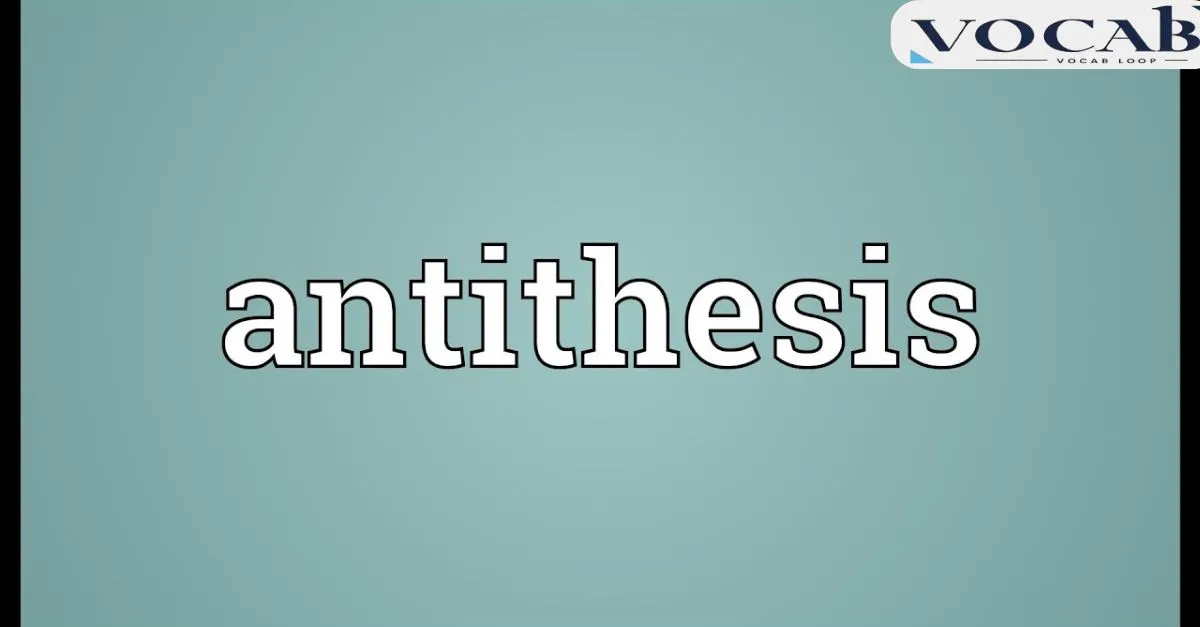
Is the Antithesis Word Correct?
The term antithesis is correct and is widely accepted in the world of literary devices and rhetorical techniques. The word originates from the Greek word antitithenai, which means “to set against.” It is a well-established figure of speech used to express opposing or contrasting ideas within a sentence or passage.
Antithesis often plays a critical role in enhancing the meaning of a text, especially when it comes to emphasizing the difference between two contradictory ideas.
Definition
Antithesis refers to the rhetorical device where two opposing or contrasting ideas are expressed in a balanced, often parallel grammatical structure. This creates a clear, direct comparison or contrast between them. The structure of antithesis usually involves a symmetrical sentence structure that heightens the stark differences between the two elements.
An example is found in Charles Dickens’ A Tale of Two Cities: “It was the best of times, it was the **worst of times.” Here, the contrast between “best” and “worst” is highlighted by the parallel construction, amplifying the opposites.
Meaning
The purpose of antithesis is to highlight contrasts between two ideas, making the differences more pronounced and memorable. It serves as a tool to present opposing concepts in a balanced way so that the audience can clearly see the disparity.
Antithesis often invites the reader to reflect on the tension between the two contrasting ideas, thereby deepening their understanding of the subject at hand. It is used not only to express ideas clearly but to emphasize themes like conflict, irony, and duality in a manner that resonates with the audience.
What Is Juxtaposition?
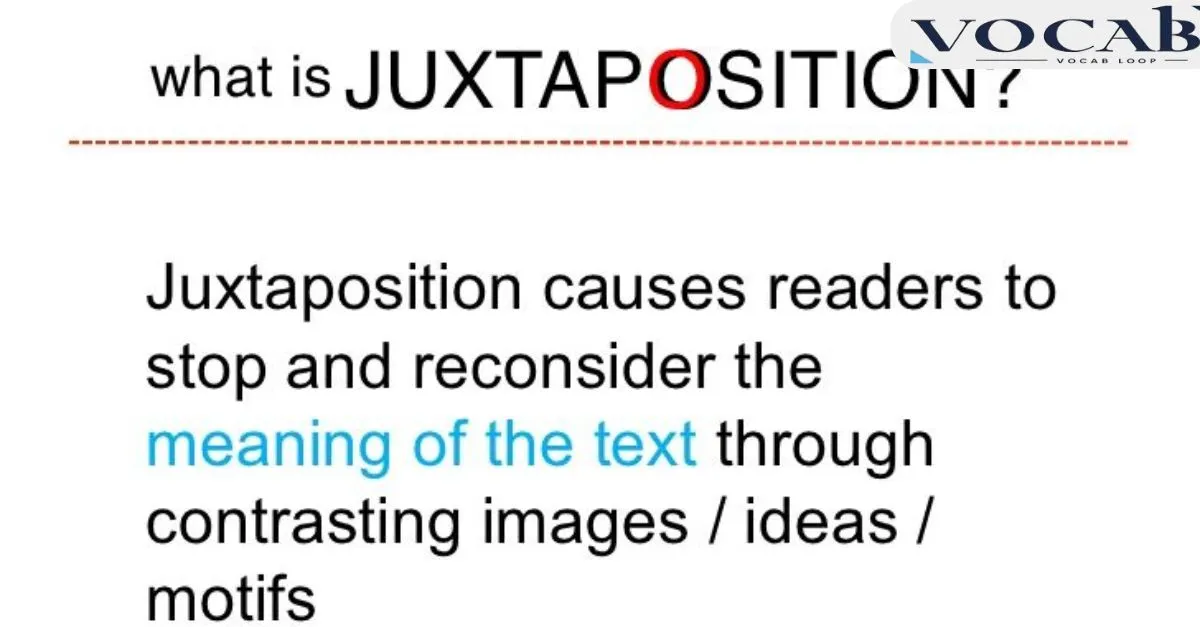
Is the Juxtaposition Word Correct?
The word juxtaposition is accurate and has been widely used in both literary analysis and everyday language. It is derived from the Latin word juxta, meaning “near,” and positio, meaning “placing.”
The term refers to placing two or more elements (such as ideas, images, or characters) next to each other to highlight their contrast or comparison. Juxtaposition is often used to provoke thought or create a visual or emotional impact by contrasting things that may not be immediately obvious when considered individually.
Definition
Juxtaposition is a literary technique used to place two contrasting elements side by side, often in close proximity, to create a dramatic or thought-provoking effect. This literary device is effective for revealing unexpected comparisons or contradictions between the elements, allowing the reader to see them in a new light.
The contrast between the paired elements often intensifies the meaning and impact, making the combination of ideas more compelling. For instance, in F. Scott Fitzgerald’s The Great Gatsby, the juxtaposition of Gatsby’s extravagant lifestyle and his profound loneliness deepens the emotional impact of the narrative.
Meaning
The meaning of juxtaposition lies in its ability to create a sharp contrast or reveal unexpected relationships between two elements placed side by side. This comparison can be visual, conceptual, or emotional. Unlike antithesis, which is primarily a rhetorical or syntactic device that emphasizes parallel structure, juxtaposition focuses on the proximity and contrast between things, often in a less structured or formal manner.
This allows for a more nuanced, sometimes ironic, interpretation of the elements. Juxtaposition is frequently used in art, literature, and films to produce a stark contrast between opposing ideas, characters, or themes, and it forces the audience to consider the deeper connections between them.
Antithesis vs Juxtaposition: The Differences
| Feature | Antithesis | Juxtaposition |
| Structure | Requires parallel grammatical construction | No specific structure needed |
| Purpose | Emphasizes balance and opposition | Highlights contradictions or ironies |
| Example | “Speech is silver, but silence is golden.” | Rich vs. poor neighborhoods in one scene |
Quick Summary Antithesis vs Juxtaposition
Both antithesis and juxtaposition are powerful literary devices that involve the use of contrasting concepts. However, they differ in their application. Antithesis creates contrast through parallel structure and rhetorical balance, often highlighting the conflict between two ideas. In contrast, juxtaposition places contrasting elements next to each other without necessarily adhering to a formal structure, allowing for more flexibility in interpretation.
While antithesis is often used in speeches and formal writing to emphasize the balance between ideas, juxtaposition is a broader tool found in visual arts, literature, and everyday conversation, enhancing the depth of meaning through direct proximity of contrasting ideas.
Antithesis vs Juxtaposition as Parts of Speech
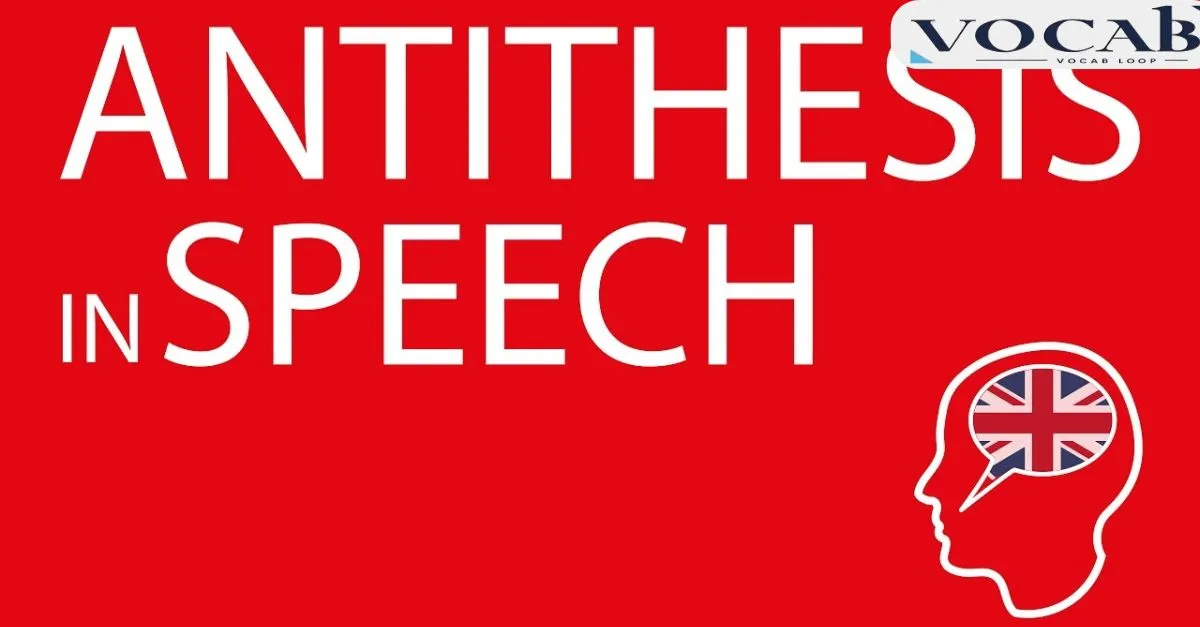
Antithesis is primarily a rhetorical device used in formal speech or writing, where it follows specific rules of grammar and syntax to create a clear contrast between two ideas. It often appears in structured formats, like speeches or literature, to emphasize opposites.
In contrast, juxtaposition is more flexible and can appear in various contexts, from poetry to visual storytelling. It places contrasting elements side by side to create meaning, often without rigid grammatical constraints.
Pronunciation of Antithesis vs Juxtaposition
Antithesis is pronounced as an-TITH-uh-sis, with the emphasis on the second syllable. This pronunciation aligns with its Greek roots and is widely used in rhetoric and literature to express contrasting ideas within a balanced structure.
Juxtaposition, on the other hand, is pronounced as JUKS-tuh-puh-ZISH-uhn, with emphasis on the third syllable. This term, originating from visual arts, describes the placement of contrasting elements side by side for dramatic effect, often used in literature.
How to Use Antithesis and Juxtaposition in Sentences
To use antithesis, create sentences with contrasting ideas linked by a common theme, such as “To err is human; to forgive, divine.” For juxtaposition, place opposing imagery side by side, like describing a serene village next to a war-torn battlefield.
Combining Antithesis and Juxtaposition
These techniques can complement each other. For example, a speech might use antithesis to emphasize contrasting concepts in one sentence while using juxtaposition to evoke emotion through imagery in the next.
Common Mistakes to Avoid When Using Antithesis and Juxtaposition
One common mistake is confusing the two. Writers may unintentionally use juxtaposition when antithesis is more appropriate for rhetorical clarity. Another error is overloading a passage with contrasts, which can dilute their impact.
Antithesis Examples
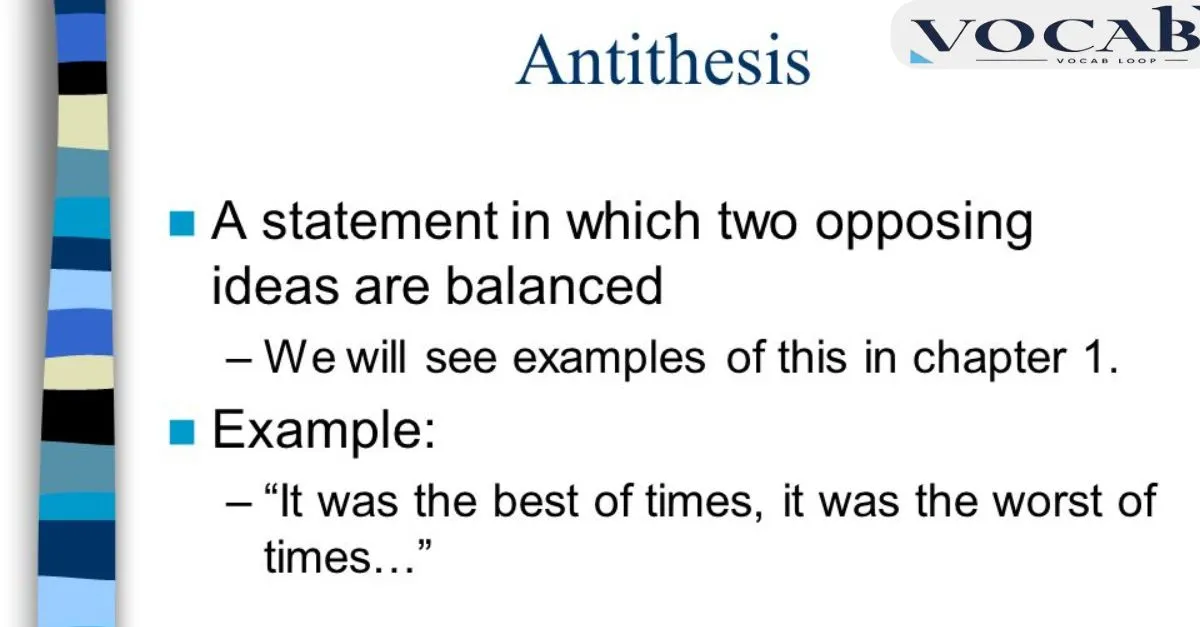
Antithesis is a staple in literature and speeches. In Shakespeare’s Hamlet, the line “To be, or not to be” perfectly illustrates antithesis. Similarly, Martin Luther King Jr.’s “Injustice anywhere is a threat to justice everywhere” demonstrates how parallel structure amplifies meaning.
Examples of Juxtaposition in Literature
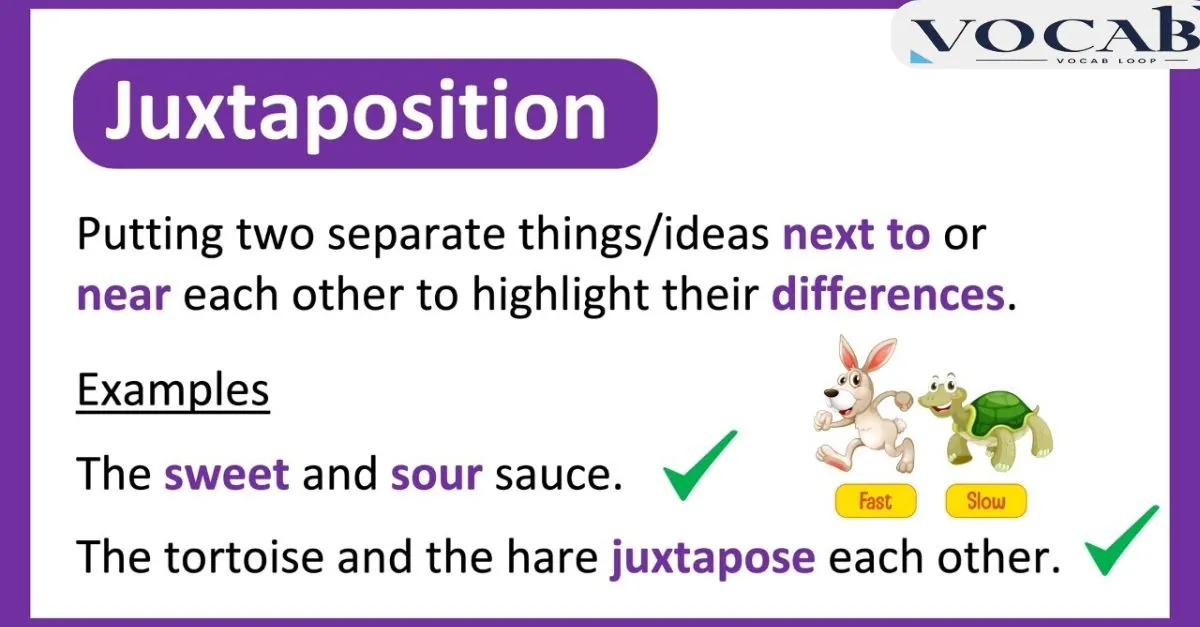
Juxtaposition shines in novels like The Great Gatsby, where the decadence of Gatsby’s parties contrasts with his loneliness. In Slaughterhouse-Five by Kurt Vonnegut, the horrors of war are juxtaposed with mundane daily events, creating a sense of surrealism.
Importance of Juxtaposition
Juxtaposition deepens the reader’s understanding by showing stark contrasts between opposing elements, fostering emotional engagement.
Importance of Antithesis
Antithesis sharpens arguments and gives speeches a rhythm that sticks in the listener’s memory, making it a powerful rhetorical device.
Origins of Antithesis and Juxtaposition
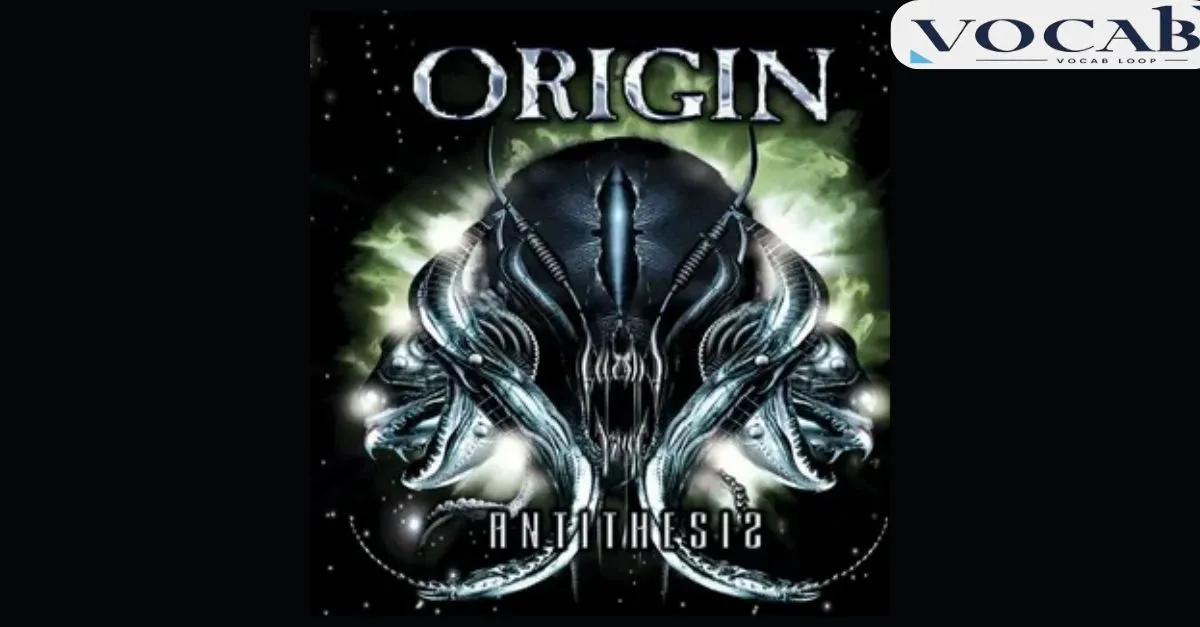
The term antithesis comes from classical rhetoric and originates from the Greek word antitithenai, meaning “to set against.” In ancient rhetoric, it was used to highlight opposing ideas within a balanced sentence structure, emphasizing contrast. Over time, antithesis became a prominent tool in literature and speeches, particularly for highlighting conflicts or contrasting themes.
On the other hand, juxtaposition originates from the Latin word juxta (near) and positio (placing). Initially used in the visual arts, it referred to placing two contrasting elements side by side to create a dramatic effect. Later, juxtaposition was adopted into literary devices to describe the side-by-side placement of opposing ideas or images, aiming to provoke thought or highlight contradictions.
Synonyms of Antithesis and Juxtaposition
Antithesis:
- Opposition
- Contrast
- Contrary
- Inverse
- Paradox
- Reverse
- Negation
- Opposite
- Antipode
- Contradiction
Juxtaposition:
- Comparison
- Alignment
- Contrast
- Collocation
- Apposition
- Adjacency
- Parallelism
- Placement
- Proximity
- Opposition
Examples of Antithesis and Juxtaposition Used in Sentences
Antithesis
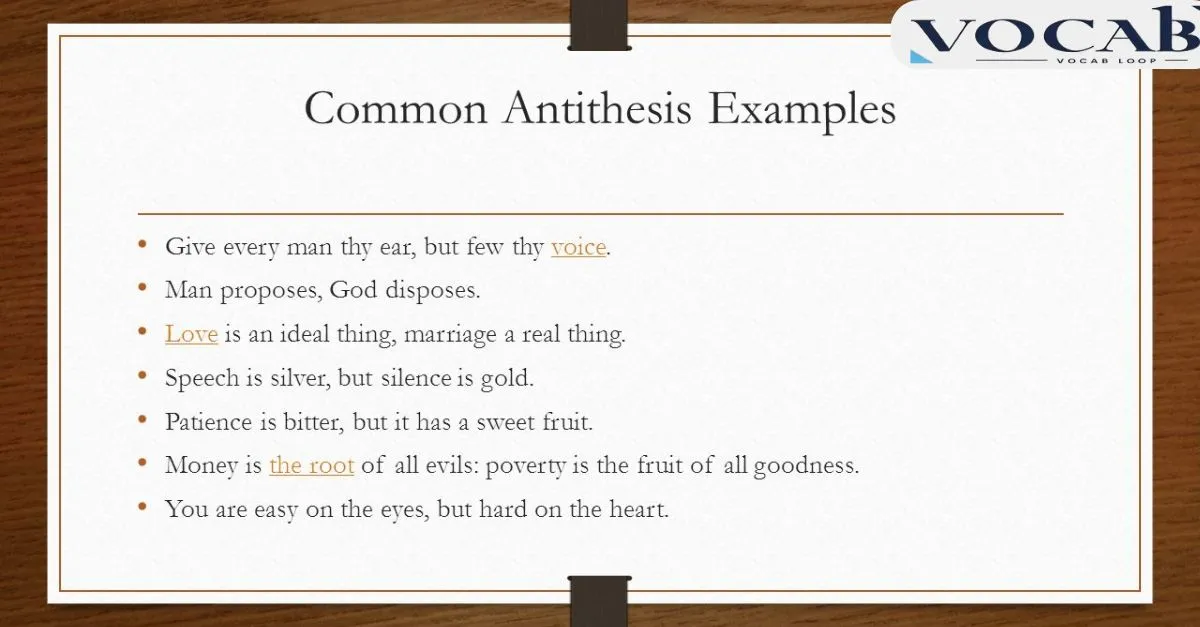
- “Speech is silver, but silence is golden.”
- “It was the best of times; it was the worst of times.”
- “Give me liberty, or give me death.”
- “Love is an ideal thing, marriage a real thing.”
- “To err is human; to forgive, divine.”
- “Many are called, but few are chosen.”
- “A tiny step for a person, a monumental leap for humanity.”
- “You’re easy on the eyes, but hard on the heart.”
- “Patience is bitter, but its fruit is sweet.”
- “United we stand, divided we fall.”
Juxtaposition
- The bright sun rose over the war-torn battlefield.
- A rich mansion stood next to a crumbling shack.
- The baby’s laughter echoed in the room, contrasting with the funeral dirge outside.
- The serenity of the countryside clashed with the chaos of the city nearby.
- The bride’s white dress stood out starkly against the groom’s black suit.
- The delicious aroma of the bakery drifted past the grime-filled alleyway.
- The brightly lit Christmas tree was placed beside a bare, withering plant.
- The child’s innocence shone through in a world filled with cynicism.
- Beauty and decay coexisted in the old castle ruins.
- The luxury cars parked outside the dilapidated school spoke volumes about societal inequality.
FAQs
What’s the difference between antithesis and juxtaposition?
Antithesis uses parallel structure to highlight contrasting ideas in balanced sentences, while juxtaposition places opposing elements next to each other to create dramatic effect.
Can antithesis and juxtaposition be used together?
Yes, they can be combined to heighten the contrast between ideas, with juxtaposition setting them side by side and antithesis emphasizing the balance in the sentence.
How does antithesis affect writing?
Antithesis clarifies and emphasizes differences between ideas, making the writing more memorable and impactful by highlighting conflict or irony.
When is juxtaposition most effective?
Juxtaposition is effective when you want to show surprising contrasts or provoke thought, especially in literature or film to create irony or emotional impact.
Can we use antithesis and juxtaposition in everyday language?
Yes, both devices appear in everyday language, such as “It was the best of times, it was the worst of times” (antithesis) or contrasting luxury and stress in daily life (juxtaposition).
Conclusion
Antithesis vs Juxtaposition, writers can strategically use these powerful devices to create impactful comparisons that resonate with their audience. Antithesis provides a clear, structured way to express contrasting ideas, often through parallel sentences that highlight the tension between opposing forces.
This makes it especially useful in speeches, literature, and persuasive writing, where the balance between ideas can add weight and depth to an argument or theme. Whether emphasizing opposites in a character’s development or underscoring thematic contrasts, antithesis sharpens the focus and makes the differences more memorable.

Alex Hormozi is a seasoned blogger at Vocab Loop, known for his deep insights into language, vocabulary, and grammar. With years of experience in writing, Alex shares practical tips and effective strategies to help readers improve their linguistic skills and enhance their writing abilities.

